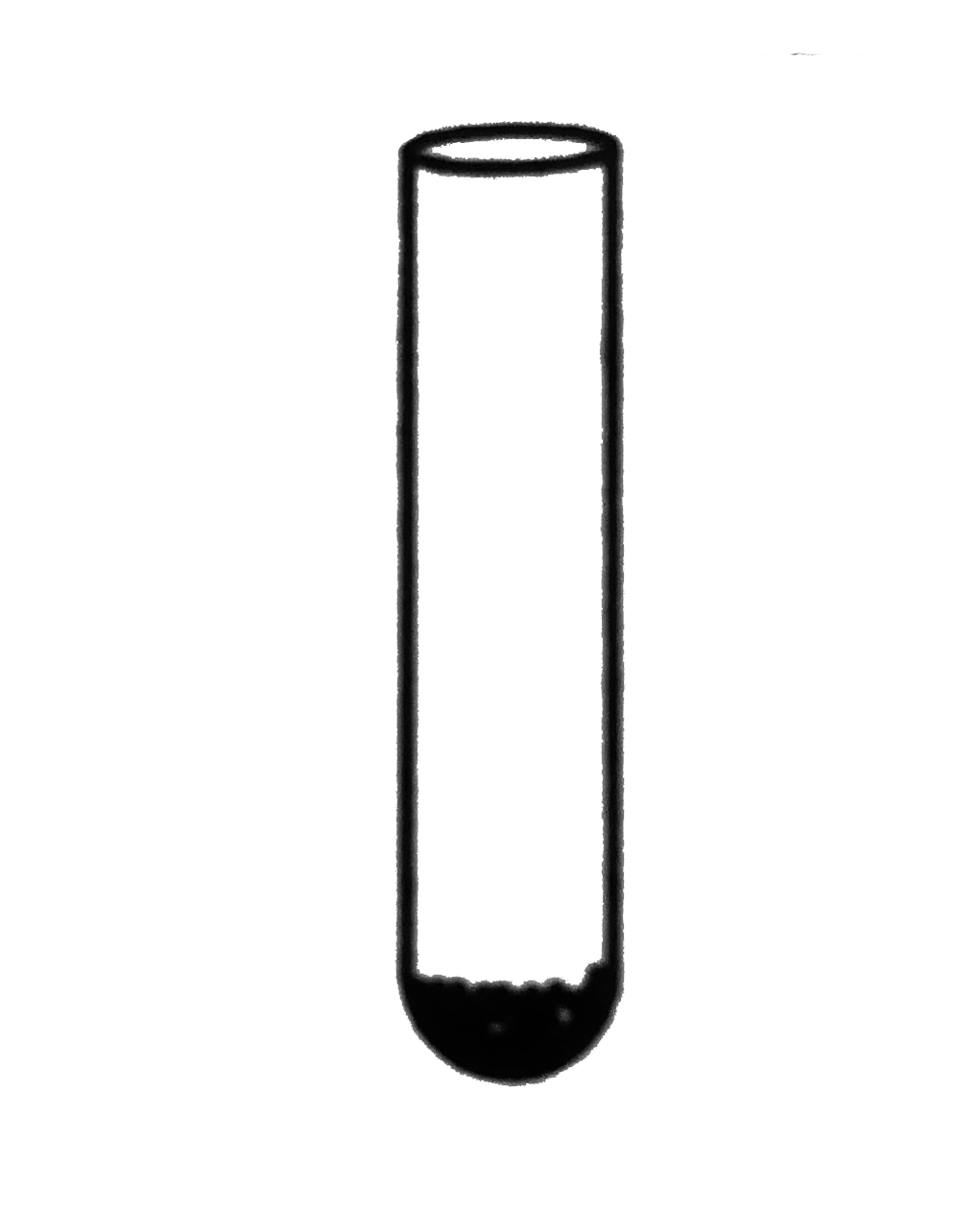An empty glass test tube floats vertically in water to a depth of 5 cm. Now, on introducing a 8 cm liquid column into the tube, its depth in water is further increased by 4 cm. Now if the empty test tube is allowed to float vertically in the liquid, 5 cm of the tube is seen in air. Find the total length of the tube.
Case I :
Find the depth of immersion for an empty glass tube in water.
Take area of cross section and height of the test tube as 'A' and 'h'.
Find the density of test tube in terms of 'h' by using the law of floatation.
Case II :
Take the density of the liquid as 'dL'.
Find the volume of the liquid column into the tube.
Now, find the depth of immersion of test tube in water and also the volume of displaced water.
Using the law of floatation, find the density of the liquid.
Case III :
When empty test tube is allowed to float vertically in the liquid, find depth of immersion in the liquid from given data.
Use law of floatation, then weight of floating body (Test tube) = weight of displaced liquid.
⇒h.A.dT.g=(h−5).A.dL.g (1)
Solve equation (1), to find the value of 'h'.
Topper's Solved these Questions
- BOOK - PEARSON IIT JEE FOUNDATIONCHAPTER - HYDROSTATICEEXERCISE - LEVEL 2 UNDERSTANDING BASED QUESTION6videos
HYDROSTATICE
- BOOK - PEARSON IIT JEE FOUNDATIONCHAPTER - HYDROSTATICEEXERCISE - LEVEL 35videos
HYDROSTATICE
- BOOK - PEARSON IIT JEE FOUNDATIONCHAPTER - HYDROSTATICEEXERCISE - LEVEL 1 MULTIPLE CHOICE QUESTIONS29videos
HYDROSTATICE
- BOOK - PEARSON IIT JEE FOUNDATIONCHAPTER - HEATEXERCISE - All Questions115videos
HEAT
- BOOK - PEARSON IIT JEE FOUNDATIONCHAPTER - LIGHTEXERCISE - Level 310videos
LIGHT
Similar Questions
Knowledge Check
- Question 1 - Select One
When a loaded test tube floats vertically with 13 and 14 of the lengths inside two liquids, then the ratio of the densities of the two liquids is
A3:4B4:3C9:16D16:2 - Question 2 - Select One
Water rises in a vertical capillary tube upto 10 cm . If the tube is made inclined to the liquid surface at 45∘ then the water will rise in the tube upto a length equal to
A10√2 cmB10√2cmC10 cmD20 cm - Question 3 - Select One
Water rises to a height of 5 cm when a narrow glass tube is dipped vertically in it . If the tube is inclined at 60∘ to the vertical , then the rise of water in the capillary tube will be
A5 cmB10 cmC7.5 cmD2.5 cm
A pitot tube dipped in a river and its gauge indicates 5cm of water column .What is the velocity of flow of water in the river?
View SolutionWater rises in a vertical capillary tube up to a length of 10 cm. If the tube is inclined at 45∘, the length of water risen in the tube will be
View SolutionA test tube of thin walls has some lead shots in it at its bottom and the system floats vertically in water,sinking by a length lo=10cm. A liquid of density less than that of water, is poured into the tube till the levels inside and outside the tube are even. If the tube now sinks to a length lo=40cm, the specific gravity of the liquid is___.
View SolutionA test tube of uniform cross-section is floated vertically in a liquid 'A' (density ρA) upto a mark on it when it is filled with 'x' ml of a liquid 'B' (density ρB). To make the test tube float in liquid B upto the same mark it is filled with y ml of the liquid A. Find the mass of the test tube.
View SolutionWater rises to a height of 2cm in a capillary tube. If the tube is tilted 60∘ from the vertical, water will rise in the tube to a length of
View Solution


